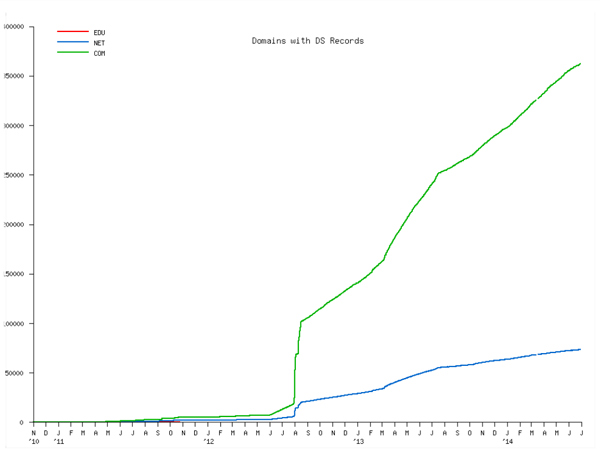Nick Sullivan describes how DNSSEC uses cryptography to add authentication and integrity to DNS responses.
Over the next months, we will be sharing
conference
papers as well as video recordings of the presentations. Today, we have added ‘DNSSEC – how far have we come?’ by CloudFlare’s Nick Sullivan.
It is rather scary to think about how much of the Internet depends on DNS, and how little guarantee that protocol provides about its responses being correct. The
Kaminsky attack
is well mitigated these days, but cache poisoning attacks
do happen
and there are various other ways in which the DNS response given may not be one that can ultimately be traced to the domain owner.
In his paper, Nick explains how DNSSEC uses cryptography to add authentication and integrity (but not confidentiality) to DNS responses, thus allowing DNS clients to trust the responses they receive from recursive name servers.
But DNSSEC could bring some bad news too: in its standard form, it allows an attacker to ‘walk’ a DNS zone, thus revealing all domains hosted on a nameserver, while the increased response sizes mean DNSSEC could be used for DNS reflection DDoS attacks.

DNSSEC adopion continues at a steady rate — surpassing 350,000 .com domains in 2014 (source:
Verisign
).
Moreover, key management comes with all sort of practical issues. Still, DNSSEC is a good thing and the fact that adoption is increasing (even if at a slow rate) is to be lauded.
You can read Nick’s paper
here
in HTML-format, or download it
here
as a PDF (no registration or subscription required). You can download the presentation slides
here
. We have also uploaded the presentation to our YouTube channel.
Posted on 16 October 2014 by
Martijn Grooten
Leave a Reply